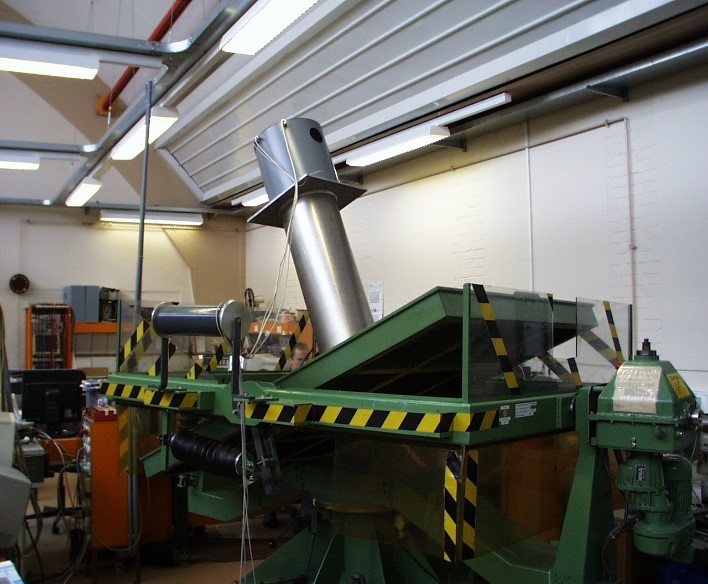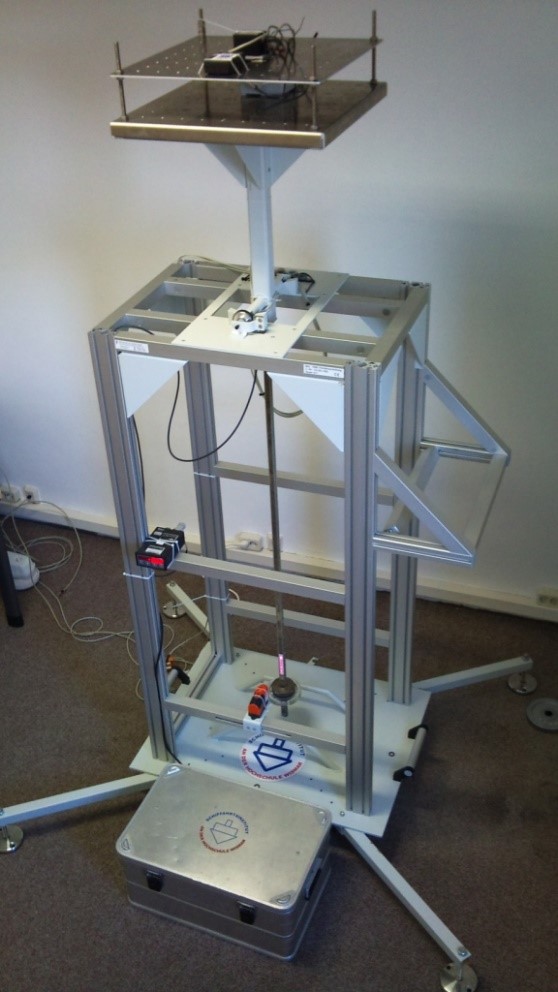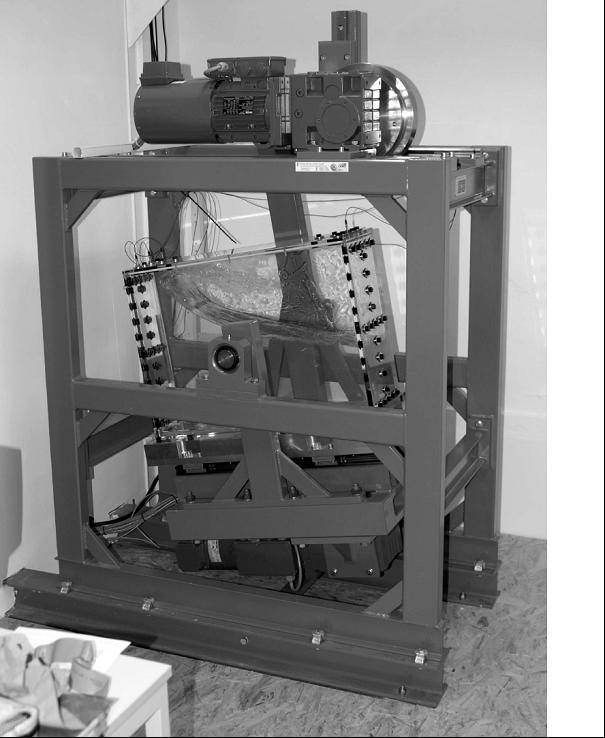Vergleichende Bewertung von Roll Measurement Equipment (RMEcompare)
Short Report based on full investigation report of Compared Evaluation of Roll Measurement Equipment
RMEcompare
- Ordered by: Bundesamt fuer Seeschifffahrt und Hydrographie
- Author: Reinhard Mueller, Prof. Dr.-Ing., Kpt.
- Company: Schiffahrtsinstitut Warnemuende
- Date of report: 27.02.2012
Objective of Investigation
The ship’s dynamical behaviour along the longitudinal axis will be described by the roll motion. In this report the term of roll motion is interpreted by the parameters of heel angles and roll period.
There are a wide range of different kinds of roll measurement equipment available. In general they differ in its type of operation mode. Beside the well known MEMS and beside the optical technology an electronically sensor for heel angle estimation is existing. A choice of representatives was investigated concerning the nautical usage aboard of a conventional ship. The test platform for investigation is based on a physical pendulum describing ship’s characteristic heel angles and rolling periods.
Motivation
On the part of the IMO sub- committee on safety of navigation (NAV) performance standards for electronically inclinometers will be developed. The document NAV 57/WP.5 ANNEX 2 concerns the DRAFT PERFORMANCE STANDARDS FOR ELECTRONIC INCLINOMETERS. Here the roll measurement equipment’s objective is described as follows:
“Electronic inclinometers are intended to support the decision-making process of the master on board in order to avoid dangerous situations as well as Maritime Casualty Investigation by providing information about the roll period and the heel angle of the ship.”
Against this background the state of the art in measuring of ship’s rolling motion has to carry out.
Solving Approach and Conditions
Keep in mind: Here the rolling behaviour of a floating object is considered as a motion around its balance state in a plane style. The roll motion is resulted by a righting moment rising up with object’s transverse inclination proportionally. In the operational mode of ship’s locomotion the roll amplitude is a dynamical value between +/-35dgr depending on ship and weather conditions. If the inclination turns to 40dgr or more a critical stage of rolling is reached. The danger of ship’s water in leakage is given. Then the balance state is new-setting due to the changing centre of gravity. In this case the ship is in an emergency situation. The rolling behaviour is completely different to the operational mode. The inclination around the new balance state is only up to 5dgr.
In general there are different kinds of technical platforms for investigation of devices measuring dynamically inclination created. The following Figure 1 and Figure 3 show a Scorsby and a Sloshing platform respectively. The first platform offers a stimulated motion in three degrees of freedom within an adjustable swinging period of up to 12 seconds and up to 25dgr of inclination. The platform’s stimulation is caused by electric power units and a force transmission arranged by gear wheels and belts.
The swing-type concept for the Sloshing test platform takes a different approach. The test platform is also mounted on a swing due to enlarging the platform by the rotational degree of freedom. That means an additional component of rotational acceleration will be effected.
The generation of harmonic oscillation is caused by an electric power unit in combination with crank gear mechanics.
There is a necessity for using these platforms for investigation and evaluation. It has to take into account the possibilities of mechanical slip in stimulating the platforms. This error may occur more or less than 7%.



The done investigation is based on a physical pendulum re-building the characteristically rolling amplitude and period of a conventional ship (see Figure 2). Inclinations of up to 35dgr and roll periods of up to 20 sec are adjustable. The platform oscillates by a one-time-application of elevation energy excluding the complete mechanics and kinematics of the force transmission.